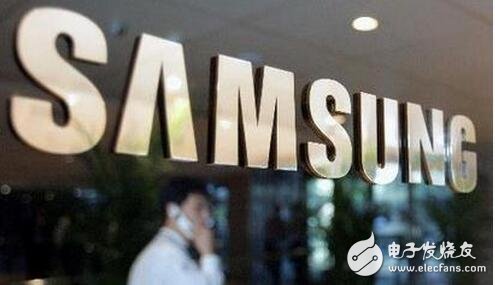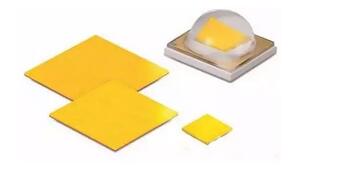Under the pressure of China's factory price cut competition, it was rumored that Samsung Electronics will withdraw from the LED market and sell related businesses. However, Samsung LED has recently turned a profit and recruited new employees, indicating that Samsung has changed its mind and does not intend to sell LED business.
Business Korea reported on the 7th that the Samsung LED team, which is part of Device SoluTIons (DS), recruited experienced R&D personnel. This is the first time since the LED team was downgraded and downsized in 2015. It shows that Samsung has changed its mind and wants to replace it. The rumor is on the verge of not selling the LED business.
Coming out Samsung Electronics’ annual financial report, Samsung Electronics’ main business is divided into three parts: CE (consumer electronics), IM (IT & mobile communication), and DS (equipment solution). In 2015, the revenues of the above three components were respectively 24.5%, 45%, and 30.4%, of which the proportion of DS business including semiconductor components and panels is increasing year by year.

On October 27th, Samsung Electronics announced its third-quarter earnings report as of September 30, 2016, showing consolidated revenue of 47.82 trillion won and operating profit of 5.20 trillion won. Despite the setbacks in the mobile business, actual performance still exceeded industry analysts' expectations. In addition, one of the highlights of the financial report was the semiconductor business, with revenue of 13.15 trillion won, a year-on-year increase of 2.6%, a 9.6% increase from the previous month, and contributed 65% of the overall operating profit to 3.37 trillion won. The "strength of the quarter" of the quarterly earnings report.
It is reported that Samsung LED mainly includes applications in three major areas of lighting, backlight and automobile.
Recently, Samsung has returned to the LED market with frequent actions. Not only has a new chip scale package (CSP) LED module been released, but the new packaging technology has removed the metal wires connecting the substrates. The design is simpler and the price is more competitive. In the LED field, several new cooperations have been reached with companies such as GE Lighting and Tongbao Optoelectronics. In addition, the LED team's backlight module is also used for TV, lighting modules, smart phone LED flashing lights. Not only that, but the team plans to move forward to the sensor market, such as image detectors and motion recognition sensors.

Last year, the Korean media pointed out that the LED industry has faced development restrictions.
The Japanese version of the Korean Media Central Daily reported in February that Samsung’s “equal amount†of LED packaging production lines in the factory area of ​​Tianjin, China, was sold to Chinese companies at the end of 2015. However, Samsung’s statement issued a statement explaining that In order to make Samsung's business operate more smoothly and maintain operational efficiency, Samsung sold the LED production line equipment that is close to the depreciation period of equipment in January 2016. Samsung pointed out that the company will continue to sell LED products, currently focusing on LED components, and continue to produce with good efficiency equipment. In addition, some reports pointed out that Samsung Electronics also downgraded the LED business unit to an operation group in September 2015, and LG Innotec originally hoped to become the LED overlord, but now quietly sells the sapphire wafer (SapphireWafer) business. SumitomoChem (SumitomoChem) and Samsung's joint venture subsidiary SSLM.
Obviously, Samsung's above-mentioned measures are actually flexible adjustment of the LED business, and plans to take the leading role of the LED market with more differentiated products.
"Samsung is inseparable from LED, Samsung's LED is a very important part of Samsung Electronics." Samsung Electronics Vice President Tan Changlin once emphasized the importance of Samsung LED. In the next decade, Samsung will target five new areas of solar cells, rechargeable batteries for hybrid electric vehicles, LED technology, bio-manufacturing and medical equipment. It is expected to generate $48 billion in revenue by 2020.
Hopper Wagon
Hopper Wagon,Mineral Hopper Wagon,Hopper Railway Wagon,Coal Hopper Railway Wagon
CRRC SHANDONG CO., LTD. , https://www.crrcsd.com